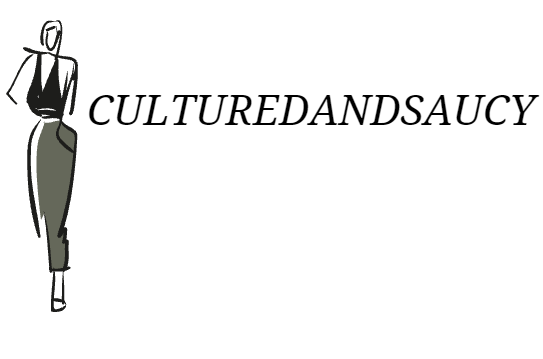In the sewing, making, and other material-related ventures where accuracy is extremely vital, precisely estimating a meter of texture is fundamental. Utilizing a ruler or estimating tape, you can sort out how much texture is required for a given undertaking. A meter, or generally 39.37 inches, fills in as a standard unit in various regions for surface assessment.
Methods for estimating include laying the texture level for a surface, adjusting it to the estimating device, and affirming the estimation at different focuses to represent any anomalies in the texture's length or width. People who work in textile crafts can make clothes, accessories, and items for the home with confidence and precision if they know how to measure the Meter of Fabric and what kinds of fabrics are used.
Measuring a Meter of Fabric
In various material-related errands, like sewing pieces of clothing, making home style, or creating frills, precisely estimating a meter of texture is fundamental. In a great deal of spots, a meter, which is around 39.37 inches or 3.28 feet, is the standard method for estimating texture. To quantify texture, one commonly utilizes an estimating tape or ruler, it is laid level on a smooth surface to guarantee the texture.
Starting toward one side, the tape or ruler is adjusted along the length of the texture, with care taken to try not to extend or pack that could misshape the estimation. It's urgent to confirm the estimation at various focuses along the texture's length to represent any abnormalities or varieties that might exist.
Accuracy in estimating guarantees that texture pieces are sliced to the right aspects for an undertaking, limiting material waste and guaranteeing an ideal fit. Crafters and designers can carry out their visions with accuracy and confidence in the final result because mastering measuring techniques not only increases efficiency but also fosters creativity.
Types of Fabric
Fabric can be of different types but the main ones are described below.
Natural Fabric
Common surfaces are obtained from regular sources like plants (cotton, material, bamboo), creatures (silk, wool), and minerals (asbestos). Cotton is one of the most by and large used customary fibres because of its breathability and sensitive quality, making it ideal for bedding and dressing. Wool, which is produced using sheep and different creatures, is perfect for winter wear and upholstery since it keeps you warm and shields you from the components.
Synthetic Fabric
Planned surfaces are man-made materials made through substance processes utilizing planned filaments like polyester, nylon, spandex, and acrylic. Nylon is durable, lightweight, and resistant to abrasion. Spandex, for the most part called elastane or Lycra, gives sublime flexibility and stretch recuperation. Acrylic, which was developed as an alternative to fleece, is frequently used in covers and knitwear due to its glow, softness, and resistance to shrinkage.
Steps to Use Gauth to Measure a Meter of Fabric
For Measuring a Meter of Fabric, you can also visit and use the Gauth, the steps for using it are written below.

Step 1: Go to Gauth
To get started, go to the Gauth platform's website or mobile app. Clients can explore the Gauth site using an internet browser or open the Gauth application on their cell phone. This step involves ensuring a reliable internet connection and, if necessary, logging into the platform to access its resources and features.
Step 2: Find the Question Input Area
Once on the Gauth stage, find the assigned inquiry input region where clients can type their questions. On the homepage or in the main menu, this area is usually prominently displayed.
Step 3: Click on Free Trial
Users may choose to investigate or activate a free trial option, if one is available, before receiving the response or solution. Navigating the platform's options for free trial periods or promotional offers that grant access to solutions without requiring immediate payment is the task at hand in this step.
Step 4: Learn the Answer
In the wake of entering the inquiry and, if relevant, enacting a free preliminary, clients can continue to get the response or answer to their questions. Gauth regularly gives point-by-point clarifications, bit-by-bit guidelines, or explicit replies, contingent upon the idea of the inquiry entered.
Step 5: Related Articles
Once you have got the answer to your questions, you will also see a list of links on the right side of the screen. These links consist of articles related to your questions which might help you to get more in-depth knowledge.
Ending Remarks
Excelling at estimating a meter of texture is fundamental for anybody engaged with sewing, making, or material-related callings. Grasping the standard estimation of a meter roughly 39.37 inches and utilizing exact estimating procedures guarantees that texture pieces are sliced to the right aspects for different tasks that include limiting waste and accomplishing ideal outcomes.


